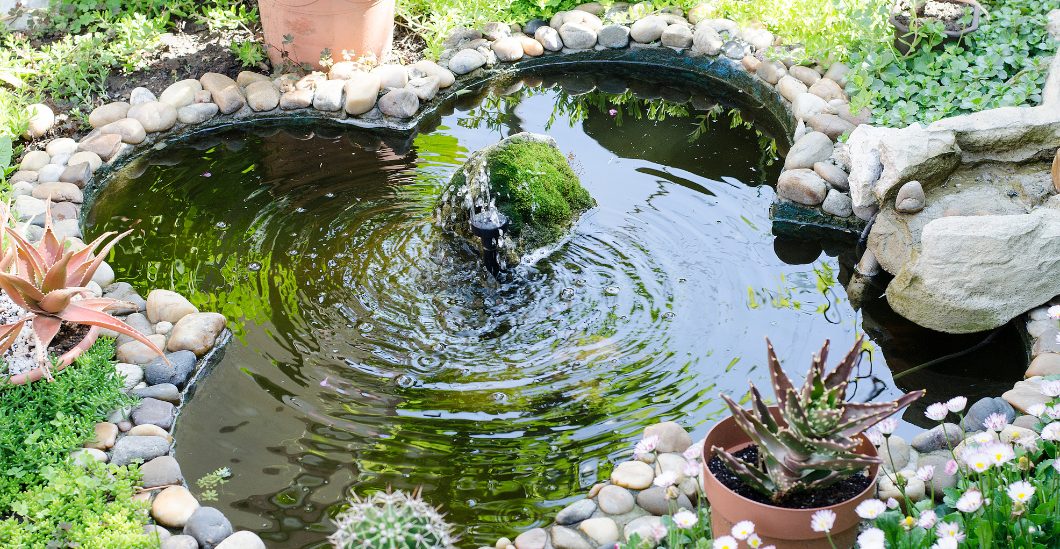
A memorial garden is a beautiful and serene way to honour and remember a loved one who has passed away. These gardens provide a peaceful space for reflection and remembrance, offering a living tribute that can bring comfort and solace. At Rowley Funerals, we understand the importance of creating meaningful memorials and offer these ideas for designing a memorial garden that is both beautiful and reflective.
Choosing the Right Location
Finding a Tranquil Spot: Select a location that offers peace and quiet, away from the hustle and bustle of daily life. This could be a secluded corner of your yard, a dedicated space in a community garden, or even a balcony or terrace if you have limited space.
Considering Accessibility: Ensure that the garden is easily accessible so that you can visit it regularly. If you plan to invite others to share in the space, consider the accessibility needs of your family and friends.
Selecting Plants and Flowers
Meaningful Plants: Choose plants that have special significance to your loved one. This could include their favourite flowers, plants that represent qualities they embodied, or those that symbolise remembrance, such as forget-me-nots or rosemary.
Seasonal Interest: Plan for a garden that offers beauty throughout the year. Select a mix of perennials, annuals, shrubs, and trees to ensure continuous bloom and interest in every season.
Low-Maintenance Options: Opt for plants that are easy to care for and maintain. This will ensure that the garden remains beautiful and vibrant without requiring extensive upkeep.
Personal Touches and Decorations
Memorial Plaques and Stones: Incorporate personalised elements such as engraved plaques or memorial stones with your loved one’s name and a meaningful quote. These can serve as focal points in the garden and add a personal touch.
Seating Areas: Adding a bench or seating area allows you to spend time in the garden, reflecting and remembering your loved one. Choose comfortable and weather-resistant seating that complements the overall design.
Water Features: Consider adding a small water feature, such as a fountain or birdbath. The sound of flowing water can be soothing and enhance the peaceful atmosphere of the garden.
Wind Chimes and Ornaments: Decorate the garden with wind chimes, lanterns, or other ornaments that add to the tranquil ambiance. These elements can also serve as gentle reminders of your loved one.
Creating Pathways and Structures
Garden Pathways: Design pathways that guide visitors through the garden, allowing them to explore different areas and enjoy the variety of plants and features. Use natural materials like gravel, stone, or wood to create harmonious paths.
Arches and Trellises: Incorporate structures like arches and trellises to add height and dimension to the garden. These can be used to support climbing plants or to frame entrances and focal points.
Ongoing Care and Maintenance
Regular Visits: Spending time in the garden can be a therapeutic activity that helps you stay connected to your loved one. Regular visits for watering, weeding, and tending to the plants can provide a sense of purpose and continuity.
Seasonal Updates: Refresh the garden with seasonal plantings and decorations. This keeps the space vibrant and allows you to mark significant dates or anniversaries with special additions.
Community Involvement: If your memorial garden is in a shared or public space, consider involving the community in its care and maintenance. This can foster a sense of collective remembrance and support.
Conclusion
Creating a memorial garden is a heartfelt and lasting way to honour a loved one’s memory. By carefully selecting plants, incorporating personal touches, and maintaining the space with care, you can create a beautiful and reflective sanctuary. At Rowley Funerals, we are dedicated to helping you design meaningful memorials that celebrate the lives of those you cherish.